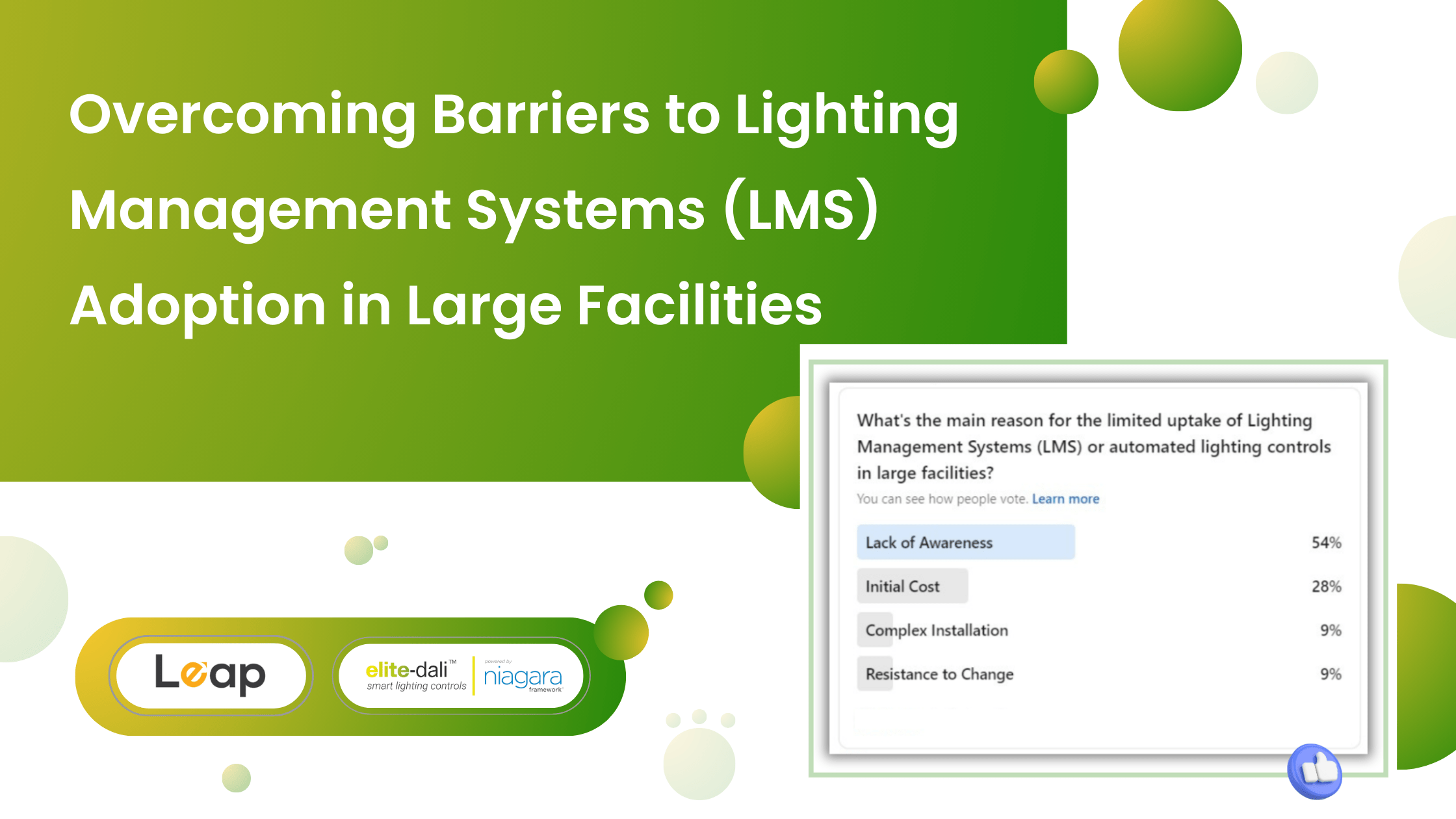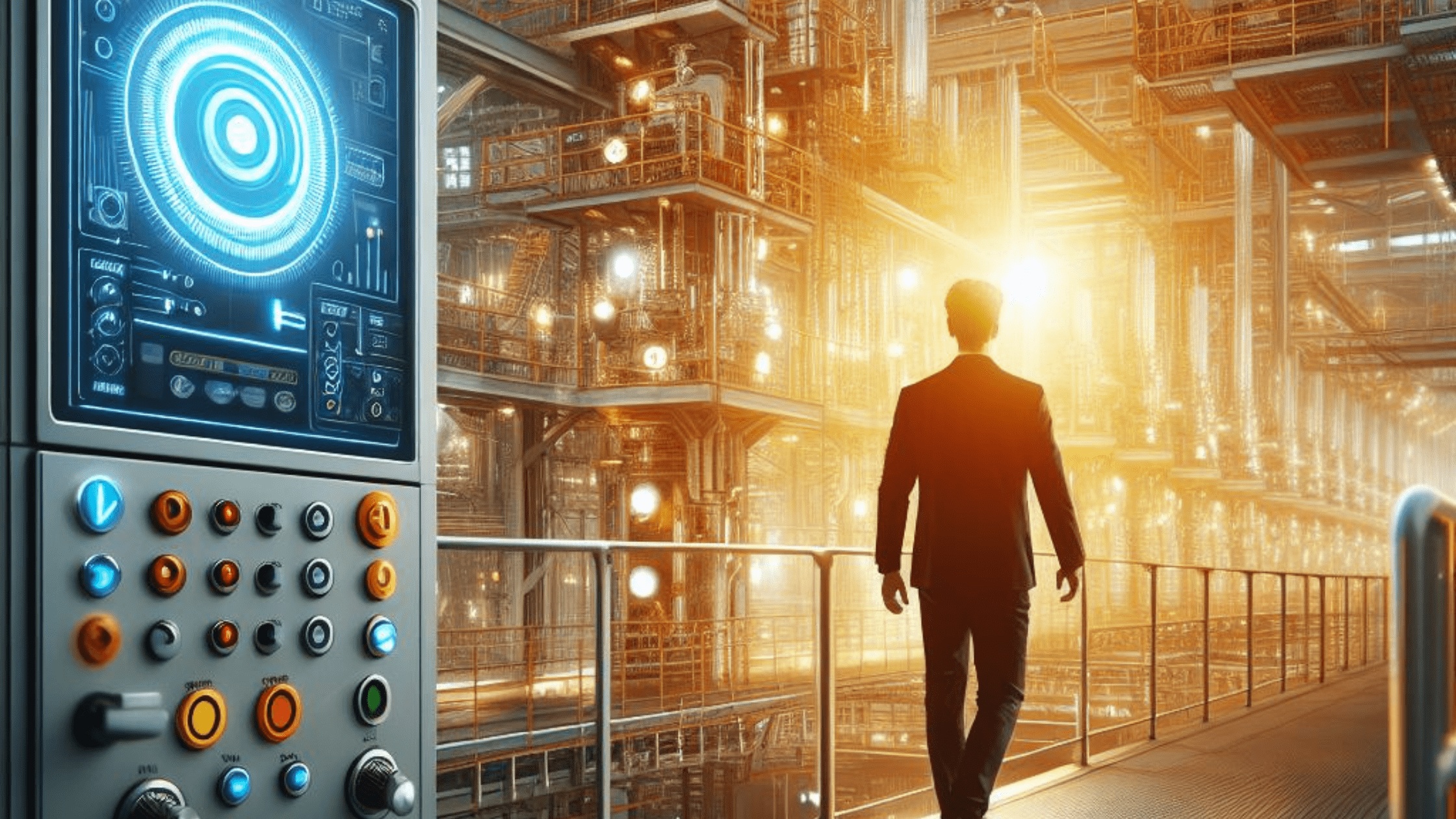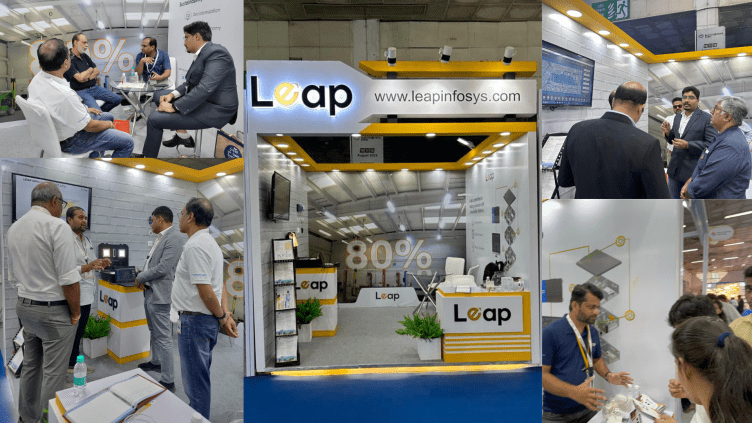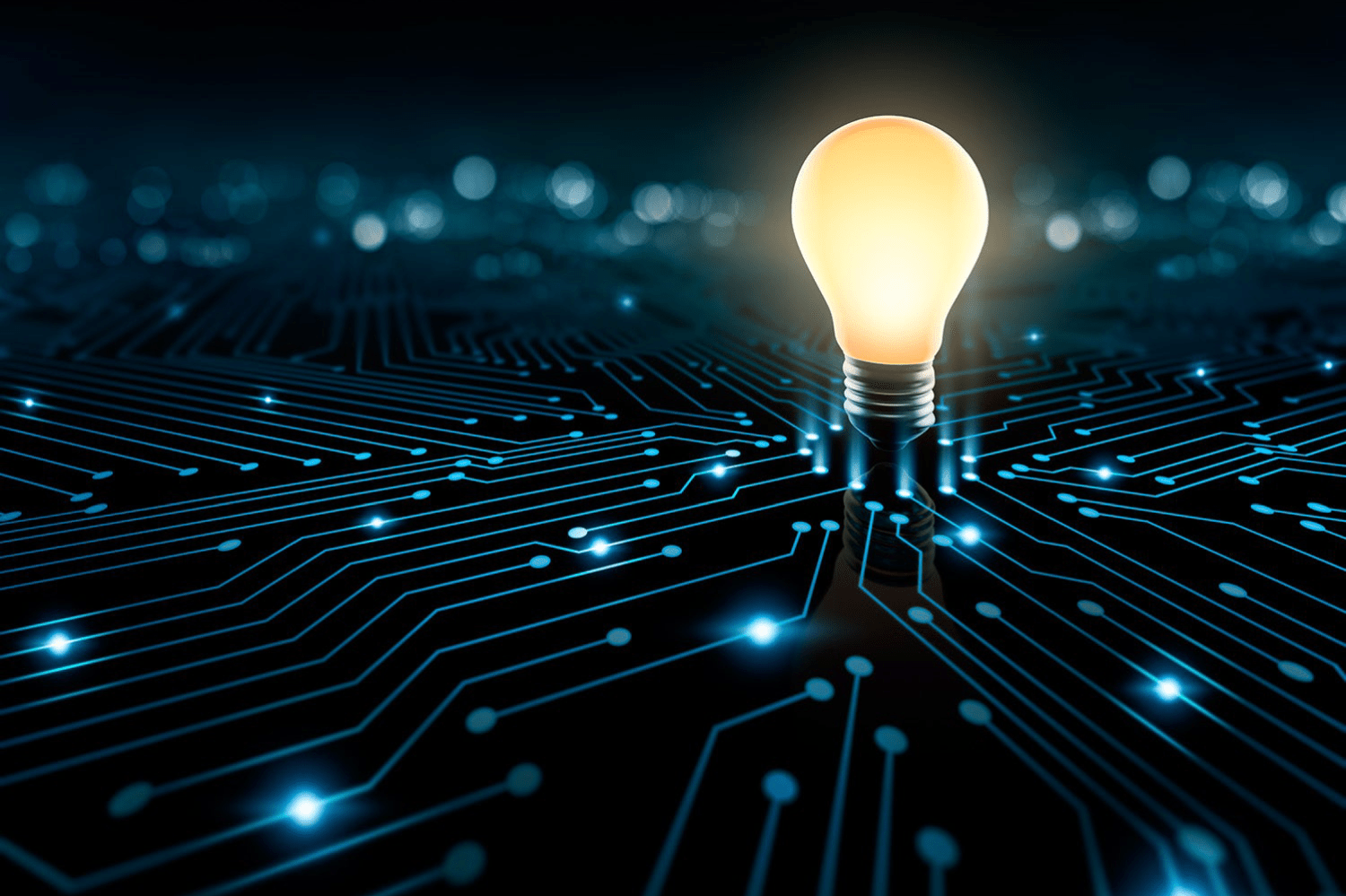Shedding Light on Sustainability: Illuminating the Power of Lighting Controls and Automation
In a world urgently seeking sustainable solutions, lighting controls and automation shine as a beacon of hope. From reducing energy consumption and carbon emissions to preserving resources and protecting ecosystems, they offer significant contributions to sustainability. Discover why we should all be concerned and how lighting controls and automation illuminate a brighter future.
1. Environmental Impact: Sustainability is crucial because it directly affects the health and well-being of our planet. Here are three key reasons why everyone should be concerned:
- Climate Change Mitigation: Burning fossil fuels for electricity generation contributes to greenhouse gas emissions, which are the primary cause of climate change. Lighting controls and automation can substantially reduce energy consumption, leading to lower carbon dioxide (CO2) emissions. According to the International Energy Agency (IEA), lighting accounts for around 15% of global electricity consumption. We can significantly reduce carbon emissions and combat climate change by implementing energy-efficient lighting controls and automation systems.
- Resource Conservation: Unsustainable practices lead to the depletion of natural resources. Traditional lighting systems, such as incandescent bulbs, consume significant energy and have a shorter lifespan compared to energy-efficient alternatives like LED lights. By utilizing lighting controls and automation, we can optimize energy usage and extend the lifespan of lighting fixtures, reducing energy consumption and conserving valuable resources.
- Biodiversity Preservation: Excessive energy consumption contributes to habitat destruction and environmental degradation, leading to the loss of biodiversity. Efficient lighting controls and automation can minimize light pollution, which disrupts ecosystems and affects wildlife behavior. By reducing unnecessary lighting and implementing automated systems that adjust lighting levels based on occupancy or daylight availability, we can protect nocturnal animals, migratory patterns, and overall ecological balance.
2. Energy Efficiency: Lighting controls and automation play a significant role in achieving sustainable energy consumption. Here are three ways they contribute:
- Dimming and Occupancy Sensors: Lighting controls allow for dimming or turning off lights when spaces are unoccupied, reducing energy waste. Occupancy sensors can detect human presence and automatically switch lights on or off, eliminating the need for manual control. According to the U.S. Department of Energy, occupancy sensors can save up to 30% of lighting energy.
- Daylight Harvesting: Automation systems can integrate with daylight sensors to adjust artificial lighting levels based on the amount of natural daylight available. By utilizing natural light when possible, energy consumption can be significantly reduced. Studies have shown that daylight harvesting techniques can achieve energy savings of 20-60% depending on the location and building design.
- Load Shedding and Demand Response: Lighting controls and automation enable load shedding and demand response strategies. Load shedding involves reducing electricity usage during peak demand periods, while demand response allows consumers to adjust their energy consumption in response to price signals or grid stability needs. Implementing these strategies through lighting controls can reduce strain on the electrical grid and promote energy efficiency.
3. Cost Savings and Return on Investment: Sustainable lighting solutions provide long-term financial benefits. Here are three ways lighting controls and automation contribute to cost savings:
- Energy Cost Reduction: By optimizing energy usage and reducing electricity consumption, lighting controls and automation systems can result in substantial cost savings on utility bills. The U.S. Department of Energy estimates that implementing lighting controls can achieve energy savings of 25-60%.
- Maintenance and Replacement Savings: Energy-efficient lighting solutions, such as LED lights, have longer lifespans compared to traditional bulbs. By reducing the frequency of bulb replacements, maintenance costs can be significantly reduced over time.
- Financial Incentives and Rebates: Many governments and utility companies offer financial incentives, rebates, or tax benefits to promote energy-efficient lighting upgrades. These incentives can help offset the initial investment costs of implementing lighting controls and automation systems, providing additional cost savings.
Everyone should be concerned about sustainability due to its environmental impact, energy efficiency benefits, and potential cost savings. Lighting controls and automation contribute substantially by reducing carbon emissions, conserving resources, protecting biodiversity, optimizing energy usage, and providing long-term financial benefits.







